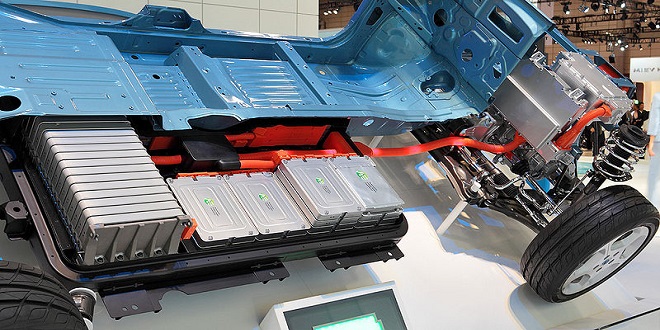Requirements of the vehicle battery
The vehicle battery is used as a source of energy in the vehicle when the engine, and hence the alternator, is not running. The battery has a number of requirements, which are listed below broadly in order of importance.
- To provide power storage and be able to supply it quickly enough to operate the vehicle starter motor.
- To allow the use of parking lights for a reasonable time.
- To allow operation of accessories when the engine is not running.
- To act as a swamp to damp out fluctuations of system voltage.
- To allow dynamic memory and alarm systems to remain active when the vehicle is left for a period of time
The first two of the above list are arguably the most important and form a major part of the criteria used to determine the most suitable battery for a given application. The lead-acid battery, in various similar forms, has to date proved to be the most suitable choice for vehicle use. This is particularly so when the cost of the battery is taken into account.
Positioning the vehicle battery
Several basic points should be considered when choosing the location for the vehicle battery:
- Weight distribution of vehicle components.
- Proximity to the starter to reduce cable length. 5 Batteries Comparison of the power required by the starter.
Lead-acid batteries
Construction
Even after well over 100 years of development and much promising research into other techniques of energy storage, the lead-acid battery is still the best choice for motor vehicle use. This is particularly so when cost and energy density are taken into account. Incremental changes over the years have made the sealed and maintenance-free battery now in common use very reliable and long lasting. This may not always appear to be the case to some end-users, but note that quality is often related to the price the customer pays. Many bottom-of-the-range cheap batteries, with a 12 month guarantee, will last for 13 months!
Battery rating
In simple terms, the characteristics or rating of a particular battery are determined by how much current it can produce and how long it can sustain this current. The rate at which a battery can produce current is determined by the speed of the chemical reaction. This in turn is determined by a number of factors:
- Surface area of the plates.
- Temperature.
- Electrolyte strength.
- Current demanded.
Reserve capacity
A system used now on all new batteries is reserve capacity. This is quoted as a time in minutes for which the battery will supply 25 A at 25 ° C to a final voltage of 1.75 V per cell. This is used to give an indication of how long the battery could run the car if the charging system was not working. Typically, a 44 Ah battery will have a reserve capacity of about 60 minutes.
Maintenance and charging
By far the majority of batteries now available are classed as ‘maintenance free’. This implies that little attention is required during the life of the battery. Earlier batteries and some heavier types do, however, still require the electrolyte level to be checked and topped up periodically. Battery posts are still a little prone to corrosion and hence the usual service of cleaning with hot water if appropriate and the application of petroleum jelly or proprietary terminal grease is still recommended. Ensuring that the battery case and, in particular, the top remains clean, will help to reduce the rate of self-discharge.
Finally Comment
Repairing modern batteries is not possible. Most of the problems listed will require the battery to be replaced. In the case of sulphation it is sometimes possible to bring the battery back to life with a very long low current charge. A fortieth of the ampere-hour capacity or about a 1/200 of the cold start performance, for about 50 hours, is an appropriate rate.






